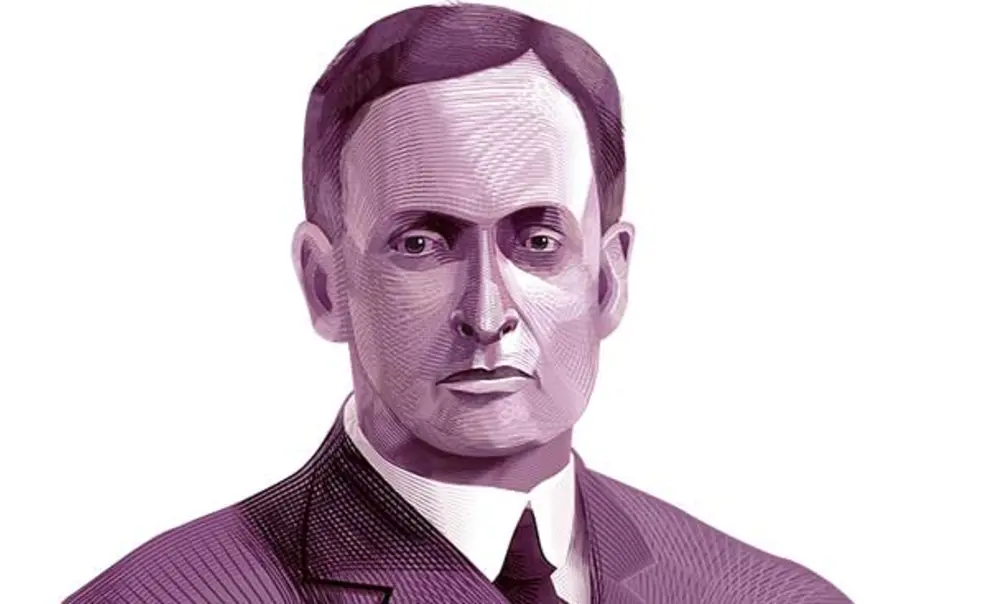In the late 19th century, the State Department was a bureaucratic backwater, and diplomacy the last bastion of a spoils system done away with in most of the government by the Civil Service Act of 1883. In Washington, a tiny cadre of well-connected appointees did little more than push paper, while overseas, self-funded consular posts operated almost autonomously, with little oversight and much corruption.
By 1924, all that would change, with the Rogers Act creating a professional Foreign Service. Yet that legislation could not have happened without years of efforts by Progressive-era Princeton professor Harry Garfield, one of the architects who built the Foreign Service as we know it today, leading a nationwide campaign for diplomatic professionalization in the early 1900s.
At the time Garfield began his efforts, politicization and disrespect for professional expertise undercut American capacity for international leadership. As Richard Hume Werking describes in his book Master Architects: Building the United States Foreign Service, 1890–1913, futile pushes for consular and diplomatic reform had existed for years — usually led by State’s few career officials, who were routinely passed over in politicized promotions.
Shifting tactics, Gaillard Hunt (one of those passed-over career officers) reached out to Garfield, son of the late President James Garfield, whose assassination by a federal job seeker had spurred the Civil Service Act. Harry Garfield unexpectedly would lead an odd-bedfellows coalition of progressives and big business who pushed to create America’s first professional consular corps.
Initially a skeptic of overseas expansion, Garfield — a lawyer and Cleveland Chamber of Commerce president — came to embrace the cause of a professionalized consular service on business grounds. Improved diplomatic capacity, his thinking went, could open foreign markets and serve the interests of large American exporters. Wary of the effort being seen as an outgrowth of the Washington bureaucracy, Garfield, a founder of the National Committee on Consular Reorganization, quietly cooperated with progressive civil-service activists, publicly presenting consular reform as a business initiative rather than a bureaucratic one.
In 1900, Garfield lobbied Sen. Henry Cabot Lodge and Rep. Theodore Burton to introduce a consular reorganization bill ghostwritten by Hunt. The Lodge-Burton bill proposed merit-based hiring and promotion (including knowledge of foreign languages and trade promotion), an examination board and standardized ranks, and most controversially, consular tenure after a one-year probation period. The measure initially floundered in Congress, as it would have removed one of the body’s last venues for patronage. In response, Garfield’s coalition pushed for a pared-down version that omitted tenure and merit.
As reform stagnated, Garfield joined the Princeton politics faculty at the invitation of his friend and fellow reformist, Woodrow Wilson 1879. Garfield saw Princeton as a political springboard and wrote how much could be accomplished “through one of our great universities, now awakening to ... a citizenship no longer supine, but trained, vitalized, earnest.”
While on the faculty in 1905–06, Garfield successfully advised the new secretary of state, Elihu Root, to aggressively push the Roosevelt administration to unilaterally reform the consular service by executive order while seeking incremental change in Congress. Within Root’s first year in office, four resulting laws and orders introduced merit hiring and promotion, salaries, consular ranks, travel expenses, and oral and written exams — a system still in use today.












1 Response
Norman Ravitch *62
5 Years AgoA Plus?
I wonder if the good professor knew that the best diplomatic posts would be given to partisan fundraisers, their children and/or wives, and others hardly qualified for the job.